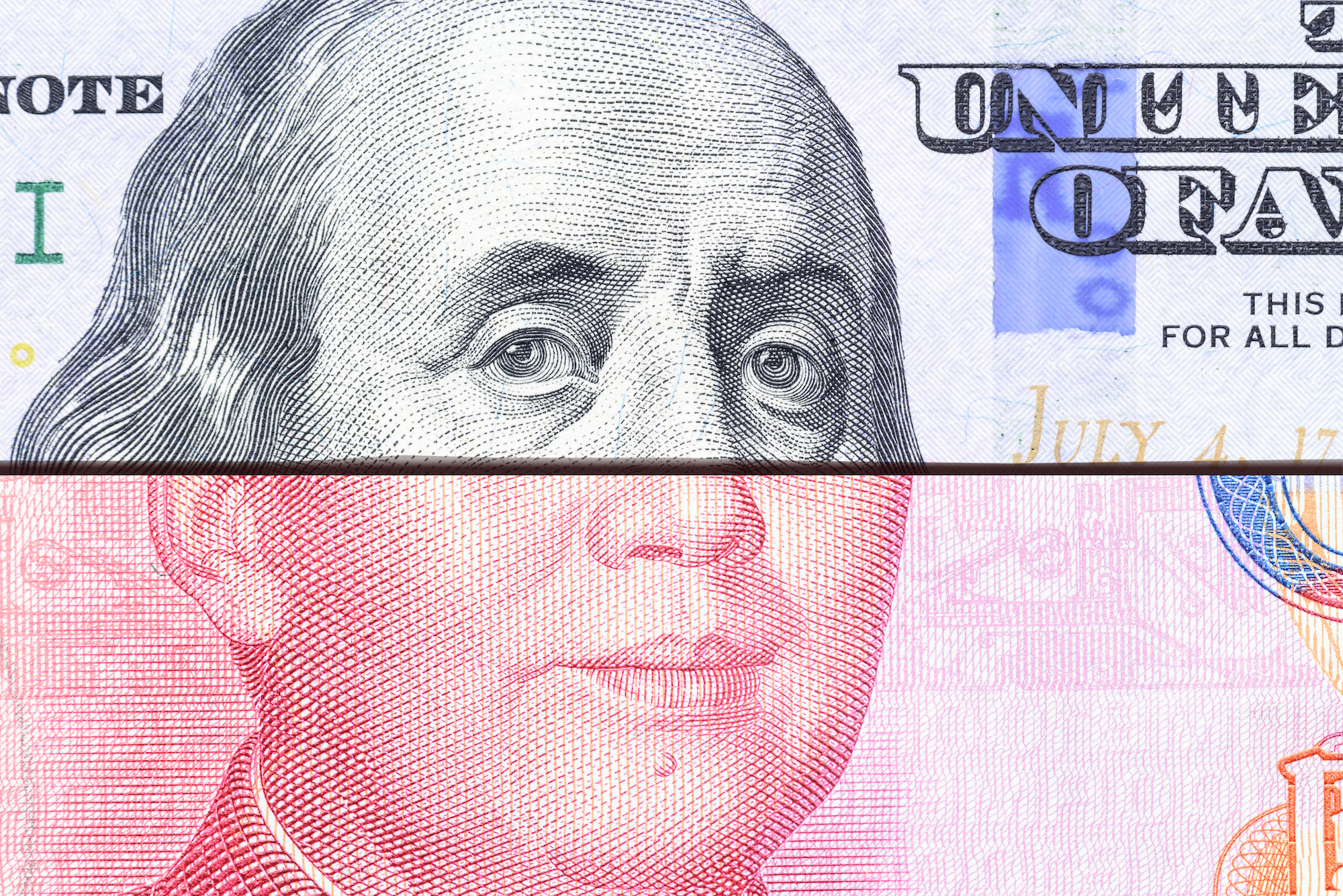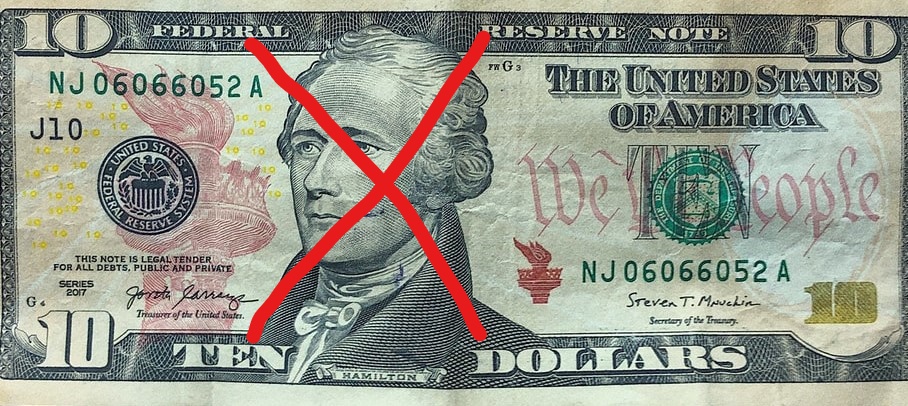

RECOMMENDED READING
Although neoliberal globalists are often said to be opposed to industrial policy and strategic trade, that is not necessarily true. Neoliberals of the kind who have dominated U.S. policy under the two Bushes, Bill Clinton and Barack Obama are not orthodox anti-government libertarians. They support a particular kind of industrial policy, whose emblem is not the American eagle but the Japanese goose.
The “flying geese theory” of trade was proposed by the Japanese scholar Kaname Akamatsu in the 1960s and was much discussed in the West in the 1980s and 1990s. It is a theory of global economic development, in which a leading nation, Japan or the U.S., is compared to a lead goose, followed by a flock of developing-nation geese. The geese that trail behind eventually catch up with where the lead goose was, but by that time the lead goose has moved on. So the whole world moves in the same direction of increasing technological and economic development, but the relative positions of nations in the hierarchy remain stable over time.
A better metaphor might be provided bydo hand-me-down clothes within a family. As the older siblings grow, they pass the clothes they have outgrown down to their younger siblings. In the real world, of course, the younger siblings tend to catch up with the elder in stature and size. But we can modify our metaphor so that the older children—the earlier-developed, more advanced industrial countries—can grow forever, always maintaining a lead over other nations, casting off outgrown industries and sectors only to adopt new ones.
Whether you prefer metaphorical geese or metaphorical clothing, something like this is the assumption behind conventional neoliberal globalist policymaking. The U.S., it is assumed, should maintain its lead in “new” or “advanced” industries, even as it casts off “old” or “outgrown” industries to developing nations, which gratefully accept hand-me-downs so their workers, for much lower wages, can do the jobs that American workers were doing twenty or fifty years ago.
If this is your model of the global economy, then certain limited government interventions in the marketplace are justified in leading nations like the U.S. The leader needs to invest in R&D that creates entirely new industries that never existed before, to justify transferring “old” industries to developing countries.
The flying geese model also justifies retraining and relocation subsidies, to help workers make the transition from “old” or “sunset” industries to the “sunrise” industries of the future.
This is the implicit model of the economy that most chin-stroking American policymakers, pundits, economists and corporate executives share as they stroke their chins in policy confabs in Washington, New York, Aspen and Davos. The model is wrong.
To begin with, if the lead nation casts off old industries, without developing newer, better-paying, more advanced industries, then it will simply be deindustrialized. To use the hand-me-down metaphor, it will have given away its old, tight-fitting clothes without buying any new ones first, leaving it to shiver in its underwear. The laid-off manufacturing workers do not get new, better jobs with tech companies. They drive for Uber or deliver groceries for Shipt.
Even worse, the hand-me-down model of the world economy assumes that industries are discrete wholes that countries first embrace and later abandon. Textile manufacturing, we are told, is an “old” industry we are best rid of, while writing the software for video games is “new.” The option of modernizing a technologically-laggard industry like textiles to keep it in the lead country is never imagined.
But what if, instead of giving your out-grown clothes to your little brother or sister, you added new material and resewed them so that they fit you at any age? What if, thanks to patching, you could wear the same outfit, periodically expanded, from toddler age to college? This is actually a better metaphor for industrial development in the real world than either the flying goose or the hand-me-down metaphors.
For example, as it industrialized over the last two centuries, the U.S. did not “outgrow” agriculture. Economists and policymakers did not conclude that agriculture was an “old” industry which could be ceded to poor, developing nations, so that the U.S. would import all of its food in the future, while specializing in other industries, like automobiles.
Instead, U.S. government policy has treated U.S. agriculture as a permanent sector of the American economy, periodically upgraded and made more productive with each new wave of innovative technology, with government support. Following the Civil War, the Morrill Land Grant acts created a system of agricultural and mechanical colleges (A&M’s). The innovative results of their practical agricultural research were disseminated to American farmers by county extension agents, who taught the farmers new techniques and introduced them to new crops. Federal subsidies, beginning with the Farm Credit system in the 1900s and New Deal-era farm programs helped to pay for the mechanization of agriculture. Today the U.S. agribusiness industry is a model of a high-value-added, high-tech industry, in which a small number of workers produce a vast and varied amount of output using the most advanced technology of today, including satellites and drones.
Of course, none of this technological dynamism in the U.S. would have happened, if policymakers in 1900 had decided that agriculture was an “old” industry which was best abandoned in the U.S. and outsourced to poorer countries with abundant supplies of impoverished farmworkers using eighteenth-century techniques.
We must reject the idea that there are industries—any industries at all—which by their nature are “old” and should be ceded by the U.S. as it progresses to “new” or “advanced” industries. There are no old industries, only industries that have not yet been modernized with new technology.
This is the lesson of the Schumpeterian school of development economics, named after the Harvard economist Joseph Schumpeter. The basic idea is that technological innovation does not occur continuously, but in bursts or waves, each based on a new “general purpose technology” (GPT) like the steam engine, the electric motor, the internal combustion engine, or the silicon chip. Progress consists of upgrading as many domestic industries as possible, using the GPT of a particular “techno-economic era.”[inlineref id=1][/inlineref]
Inevitably some industries will be upgraded with new technology decades or generations before others. For example, following the development of the steam engine in the late eighteenth century, inventors and entrepreneurs quickly developed steam-powered locomotives and steamships. Experiments in steam-powered wagons and carriages, however, failed. Alas, the “steam plough” that Abraham Lincoln predicted in a speech on “discoveries and inventions” before he became president never came to be. So an “advanced” part of the transportation sector—railroads and steamships—coexisted with the old technologies of horse-drawn carriages and wagons and farm equipment, until a later-wave general-purpose technology, the internal combustion engine, produced the automobile and motorized farm machinery. It would have been an idiotic mistake to conclude in 1850 that steam-powered railroads were the wave of the future, so the U.S. should stop making horse-drawn wagons or horse-drawn reapers.
The history of the U.S. transportation industry provides yet another reason why the flying geese theory is wrong. That reason is cross-hybridization among industries and technologies. In the U.S., both the automobile industry and the airplane industry drew upon the pre-existing bicycle industry, which had developed light metal frames, ball bearings and other necessary components. Without the already-existing bicycle industry, the transition in the transportation industry from horse-drawn carriages to horseless carriages might have taken longer and proven more difficult.
Even as a theory of how the economy develops, the flying geese theory has been wrong from the beginning. It has been used, however, as an alibi for First World multinationals as they shut down whole industries and supply chains in their home countries, while opening new ones in other countries, in order to exploit lower wages or standards abroad via labor arbitrage, tax arbitrage, or regulatory arbitrage.
Consider the iPhone. The first iPhones were made in the U.S. They are made mostly in China today because Steve Jobs and his successors have preferred low-wage, unfree, mistreated Chinese workers with few labor rights to decently-paid American workers. Thanks to the Apple corporation’s sacrifice of the American interest in maintaining and upgrading its manufacturing base to short-term greed, entire industrial supply chains in the U.S. have been lost. As a result, the chief barrier to reshoring iPhone production at this point is not higher American wages, but the need to recreate entire industrial sectors that American capitalists have ceded to East Asian mercantilist regimes.
Already in 2014, a National Public Radio report noted:
“They have these special regions, like Shenzhen, which is an industrial region,” explains Rene Ritchie, editor-in-chief of iMore, a publication about Apple products. Anything you need is just a couple of buildings away, and the ability to keep everything so close together has incredible logistic advantages for Apple.”
Ritchie says it would be almost impossible to re-create that in the U.S. which would mean longer assembly times, less efficient assembly and lots of micro-shipments….
Rassweiler says making all of the iPhone’s parts in the U.S. would push the price of the iPhone components from $190 to around $600. “If the materials alone are costing $600,” says Rassweilier, “it stands to reason, that same iPhone could cost, perhaps, $2000 at retail.”[inlineref id=2][/inlineref]
The problem with these static consumer price comparisons is that they ignore the long-term costs of the loss of U.S. manufacturing capabilities—a loss that involves military security risks as well as ever-compounding losses in domestic economic growth. And it’s simply insane to hope that a country which has lost most of its manufacturing sectors can lead the world in R&D and technological innovation.
The equivalent of the flying geese theory in trade in the realm of immigration policy is the “jobs Americans won’t do” theory. Here, the geese, instead of being different nations at different stages of development, are different social classes in the U.S. itself. Each generation wants better jobs than those of its parents. So as Americans move up in the class system, generation by generation, a vacuum of “hand-me-down” jobs is created that must be filled by foreign-born workers who are “willing to do jobs that Americans won’t do” because they pay poorly, have miserable working conditions, or are despised.
An example is emptying bedpans in hospitals for low wages. At present, the American political system has ordained that this is a job that will be done disproportionately by an imported underclass of impoverished immigrant workers. The alternative—performing the same task with better-paid, unionized, middle-class workers, both native-born and foreign-born, with the help of advanced technology–is never considered. Why invest in labor-saving technology, when serfs and helots are cheaper?
This is no caricature. In a recent speech, Jon Baselice of the Chamber of Commerce argued that substituting machines for American workers and substituting foreign indentured servants like H-1Bs for American workers are both equally praiseworthy examples of “innovation.”[inlineref id=3][/inlineref] By this theory, replacing workers in the U.S. with unpaid prison labor in the U.S. to cut down on labor costs without increasing productivity, to the benefit of consumers, corporate executives and shareholders, would be laudable “innovation” as well.
The flying geese theory is just a high-flown theoretical alibi for corporations whose real motive for locating particular supply chains in particular countries is a quest for the lowest wages, the weakest and most easily-exploited workers, the lowest environmental regulations and the most generous foreign government subsidies. We need to shoot down the flying geese theory of trade before our goose is cooked.
Recommended Reading
Industrial Policy, the U.S. Constitution and the Supreme Court
Now that the Supreme Court is in the news, with President Donald Trump’s nomination of Judge Amy Coney Barrett to succeed the late Ruth Bader Ginsburg, it is worth reflecting on what kind of constitutional system is best for a national industrial strategy of the kind favored by a growing number of Americans on the left, right and center, in the aftermath of the catastrophic failure of a half century of neoliberal deregulation and globalization.
It’s Time for a Neoclassical Economic Reckoning
Oren Cass’s essay demonstrates how the advantages of industrial policy, apparent to some of the founders of economics and foundational to the success of the United States, were carefully airbrushed out by advocates of free trade in the 20th century.
National Developmentalism ≠ Critical Theory Radicalism
After years of dismissing the rise of critical theory-inspired identity politics, many conservatives have become “woke” to just how divisive this movement is. The problem, however, is that some free market fundamentalists see both radical intersectionalists and Hamiltonian supporters of national developmentalism as desecrators of the Founding Father’s principles.













